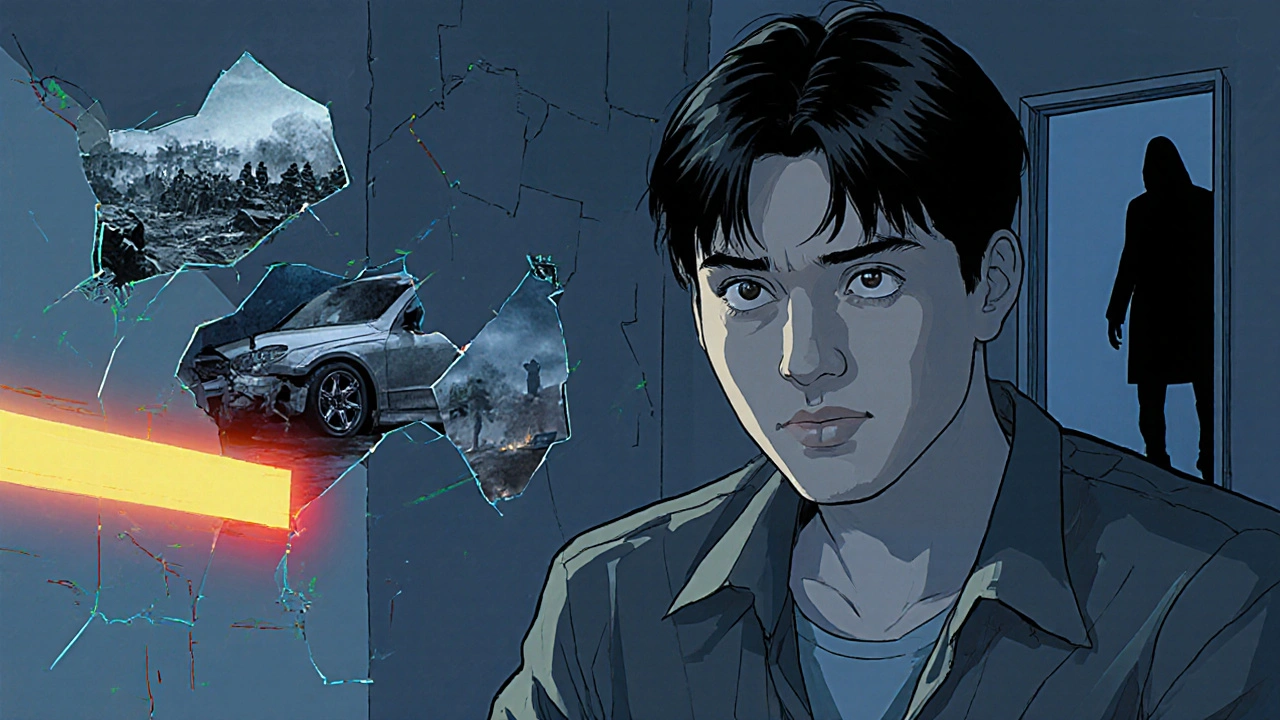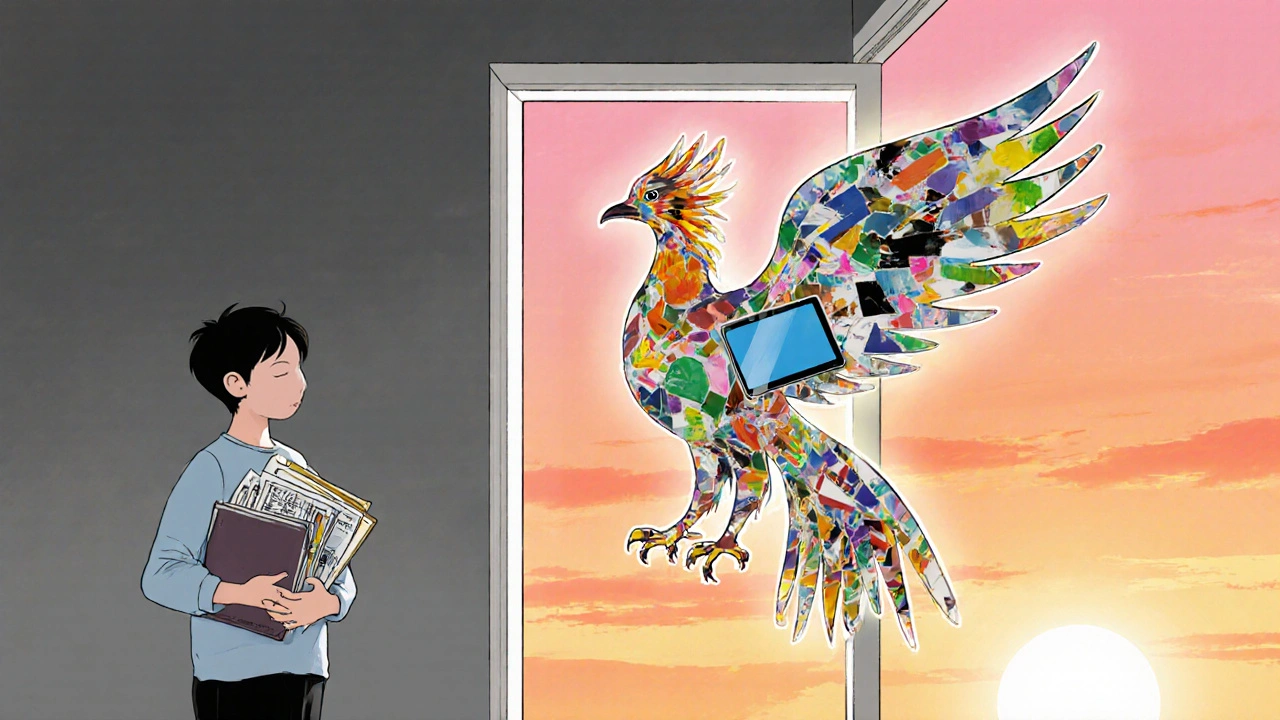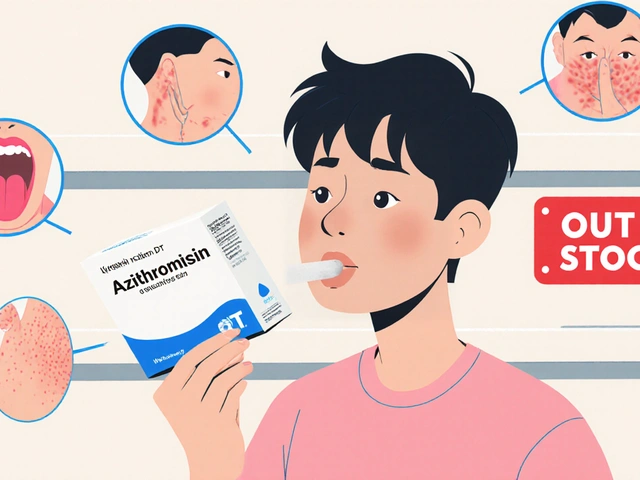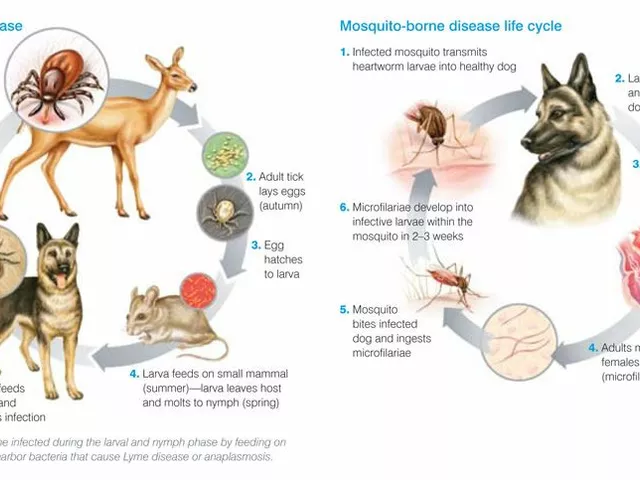
Every year, millions of veterans, survivors of accidents, and people who have endured abuse come home with an invisible scar that medication alone often fails to soothe. That scar is posttraumatic stress disorder, a condition that hijacks the brain’s alarm system and turns everyday life into a minefield of flashbacks, hyper‑vigilance, and emotional numbness.
Understanding Posttraumatic Stress Disorder
Posttraumatic Stress Disorder (PTSD) is a mental‑health diagnosis that can develop after experiencing or witnessing a traumatic event. The disorder rewires the amygdala, the part of the brain that flags danger, and weakens the prefrontal cortex, which normally helps us regulate fear. The result? Persistent intrusive memories, exaggerated startle responses, and avoidance of cues that remind the person of the trauma.
What Is Art Therapy?
Art therapy blends creative expression with evidence‑based psychotherapeutic techniques. A licensed art therapist guides a client through drawing, painting, sculpting, or digital media, using the artwork as a window into the client’s internal world. The process isn’t about artistic skill; it’s about giving the brain a non‑verbal outlet for emotions that are too raw to name.
Why art therapy Works for PTSD
- Neurobiological reset: Engaging in creative tasks stimulates the right‑hemisphere brain, which is linked to emotion and memory processing. This activation can dampen hyper‑active amygdala responses.
- Safe emotional discharge: The canvas acts as a sandbox where trauma‑related feelings can be explored without the risk of re‑exposure that traditional talk therapy sometimes carries.
- Restoring agency: Making choices about color, shape, and composition rebuilds a sense of control that trauma often robs.
- Mind‑body integration: The rhythmic motions of drawing or sculpting promote mindfulness, lowering cortisol levels and improving sleep patterns.
Scientific Evidence Behind the Benefits
A 2023 meta‑analysis of 27 randomized controlled trials found that participants who received art therapy alongside standard care reported a 30% reduction in PTSD severity scores compared with those who received standard care alone. Another 2022 study focusing on combat veterans showed a significant decline in hyper‑arousal symptoms after eight weekly group art‑therapy sessions.

How Art Therapy Is Delivered
Therapists adapt the medium to the client’s needs:
- Individual sessions: One‑on‑one work allows for highly personalized interventions, often focusing on a specific traumatic memory.
- Group workshops: Sharing artwork in a supportive cohort reduces isolation and fosters peer validation.
- Digital platforms: Apps like TheraPaint let remote patients create and discuss art in real time, expanding access for those in rural areas.
Integrating Art Therapy With Other Treatments
| Intervention | Core Technique | Typical Duration | Evidence Strength |
|---|---|---|---|
| Cognitive Behavioral Therapy | Thought restructuring & exposure | 12‑20 weeks | High (multiple RCTs) |
| EMDR | Eye‑movement desensitization | 8‑12 weeks | High (meta‑analysis) |
| Art therapy | Creative expression & symbolic processing | 6‑12 weeks (flexible) | Moderate‑high (growing RCT base) |
| Medication (SSRIs) | Neurochemical regulation | Ongoing | Moderate (symptom reduction) |
Many clinics blend art therapy with CBT or EMDR to tackle both the narrative and the emotional layers of trauma. For instance, a patient might start with CBT to learn coping thoughts, then shift to art sessions to process the same memory visually.
Finding a Qualified Art Therapist
In the United Kingdom, a registered art therapist typically holds a master's degree accredited by the British Association of Art Therapists (BAAT) and is supervised by a clinical psychologist. When you search for a therapist, look for these credentials:
- BAAT registration number
- Experience working with trauma‑informed populations
- Clear description of therapy modalities (e.g., painting, collage, digital media)
- Evidence of ongoing professional development
Most NHS Trusts now list art‑therapy services under their Trauma‑Informed Care pathways, and private practices often offer an initial 30‑minute consultation at no cost.

What to Expect in Your First Session
- Assessment: The therapist will ask about your trauma history, current symptoms, and artistic comfort level.
- Goal setting: Together you’ll define measurable outcomes-e.g., reducing nightmare frequency by 50%.
- Materials intro: You’ll choose a medium that feels safe; there is no pressure to be ‘good’ at it.
- Reflection: After creating, you’ll discuss the imagery, emotions, and any bodily sensations that arose.
The therapist records observations but never judges the aesthetic quality of the piece. The focus stays on the feeling behind the brushstroke.
Common Myths and How to Avoid Pitfalls
- Myth: "You need artistic talent."
Reality: The process values expression, not skill. - Myth: "Art therapy replaces medication."
Reality: It works best as a complementary tool. - Myth: "All art therapy is the same."
Reality: Approaches differ-some focus on narrative art, others on sensory‑based activities.
To stay on track, keep a simple checklist:
- Therapist is BAAT‑registered.
- Sessions are trauma‑informed (no forced recounting).
- Progress is measured with a validated PTSD scale (e.g., PCL‑5).
- Costs and insurance coverage are transparent.
Quick Checklist for Starting Art Therapy
| Confirm BAAT registration |
| Ask about trauma‑informed protocols |
| Review session length and frequency |
| Discuss integration with existing treatment |
| Set clear, measurable goals |
Next Steps for Readers
If you or a loved one are battling PTSD, the first move is to schedule a brief intake with a BAAT‑registered therapist. Bring a notebook of questions, a list of current treatments, and an open mindset for creative exploration. Remember, healing often looks like a collage-different pieces fitting together over time.
Can art therapy replace medication for PTSD?
No. Art therapy is most effective when used alongside medication or other evidence‑based therapies. It helps process emotions that drugs alone can’t reach.
How long does it take to see results?
Most people notice a reduction in intrusive thoughts and anxiety after 6‑8 weekly sessions, though full symptom remission can take several months.
Is art therapy covered by the NHS?
Many NHS Trusts now list art‑therapy services under their trauma‑informed care pathways, but availability varies by region. Check your local mental‑health provider or GP referral.
Do I need any art supplies?
Therapists usually provide basic materials-paper, crayons, paints. If you prefer digital media, bring a tablet or laptop; many clinics accommodate both.
What if I feel overwhelmed during a session?
A qualified therapist will pause, employ grounding techniques, and ensure the session stays within a safe emotional window. You’re always in control of how much you share.
6 Comments
Write a comment
More Articles

Azithromycin DT vs Alternatives: What Works Best for Infections
Azithromycin DT is convenient, but not always the best choice. Learn which antibiotics like amoxicillin, clarithromycin, and doxycycline work better for common infections-and when to avoid azithromycin altogether.

Tick Fever: What You Need to Know About This Dangerous Disease
Tick Fever, also known as Tick-Borne Disease, is a serious illness transmitted by ticks. It's crucial to be aware that this disease can have severe health implications including fever, headache, and fatigue, and in some cases can even be fatal. Early detection and treatment are absolutely vital. It's also important to take steps in preventing tick bites, such as using repellents and wearing appropriate clothing when in tick-infested areas. Stay safe out there, folks!

Tips for preventing fungal infections and the need for ketoconazole treatment
In my latest blog, I've shared some handy tips for preventing fungal infections so you can potentially avoid the need for treatments like ketoconazole. We dive into the importance of maintaining good hygiene, keeping your skin dry and clean, and wearing breathable fabrics to prevent a conducive environment for fungi. We also touch on the importance of a healthy diet to boost your immune system. If you do get an infection, don't panic because treatments like ketoconazole are there to help. But remember, prevention is always better than cure!
Esther Olabisi
October 21, 2025 AT 12:40Wow, art therapy? Guess we finally let crayons fix everything 🙄🎨. But hey, if splashing paint helps you breathe easier, go for it!